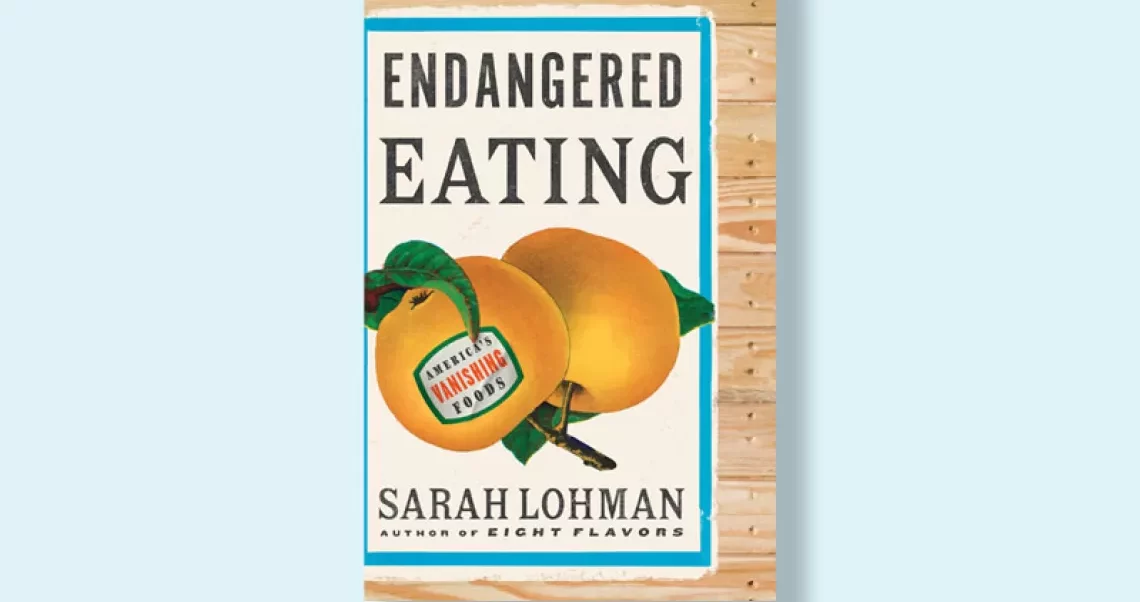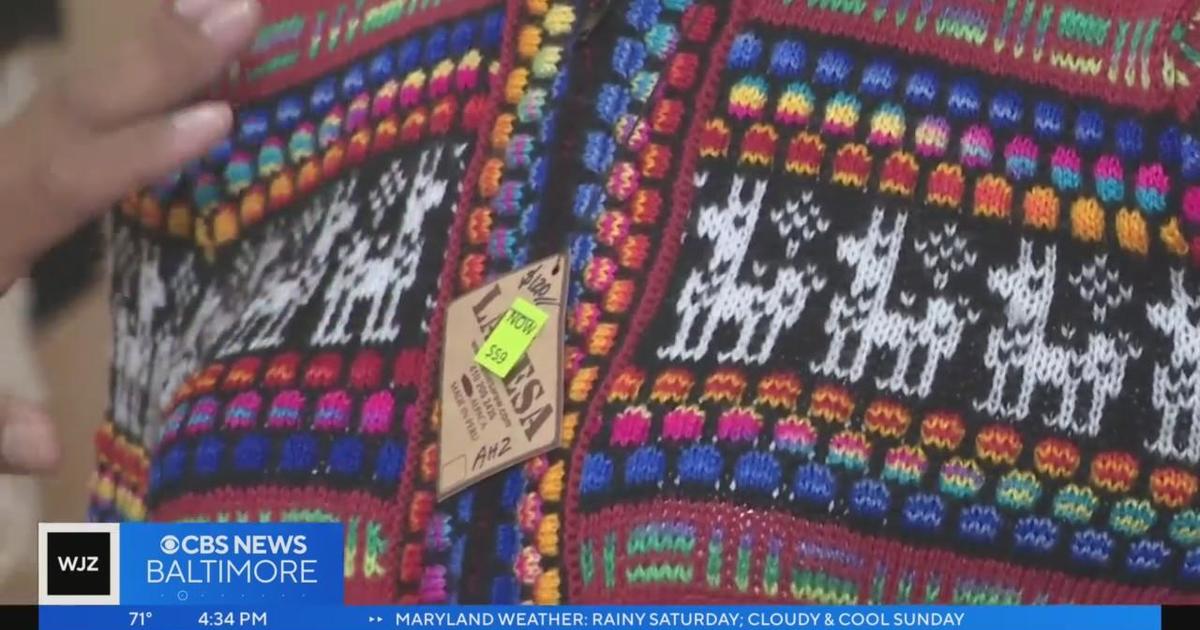Much in the manner of a Sierra writer trying to catch a glimpse of an elusive Florida panther or a New York bog turtle, food historian Sarah Lohman wanders the nation armed with a notebook and a fork in search of disappearing foodstuffs. The subjects in Endangered Eating: America’s Vanishing Foods (W.W. Norton, 2023) are just a sampling of the 350-odd quintessentially American foods that Slow Food USA has chosen to include in its Ark of Taste. These are foods that, while delicious and culturally or historically significant, are in danger of being driven to extinction by the tyranny of the burger (whether from feedlot hell or lab grown) and the french fry. For instance, when food researcher David Shields sought to revive the superb Carolina African runner peanut, a variety that had been carefully nurtured by generations of enslaved Africans, he found the last 40 specimens remaining on Earth in a cold-storage seed bank at North Carolina State University. The school gave him 20 to plant, enough to engender a mini resurgence.
The idea behind rescuing out-of-fashion foods is not new. The Slow Food movement came to the United States in 2000, and heirloom this-or-thats are now staples of farmers’ markets. What distinguishes Endangered Eating is Lohman’s active engagement (“Until I spotted the [Navajo-Churro] ram in the pickup truck, I wasn’t certain that ‘butchering’ also included slaughtering”) and sensitive storytelling. Of the eight foods she profiles (her lucky number, apparently, because her previous book was Eight Flavors: The Untold Story of American Cuisine), most are rooted in Native American traditions, including the abovementioned sheep variety, Salish reefnet-caught wild Pacific salmon, Anishinaabe wild rice, and Choctaw filé powder. The stories of painful loss and hard-fought return are about not just the foods but also the cultures that produced them, and Lohman does all of them justice.




